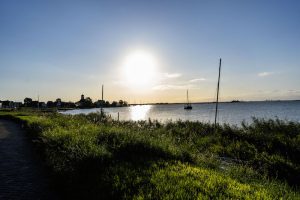
Ten years ago, Kustaa Saksi found his voice. Or at least, discovered a new voice that felt more his own. Already a successful illustrator with a dream list of clients, including Nike, Comme des Garçons, Mercedes Benz, The New York Times and Wallpaper* magazine, Kustaa created good work but felt somehow unfilled, not fully stretched.
Based in Amsterdam, Kustaa discovered his truer calling in Tilburg, a 1.5-hour drive south. Once a major textile producer, the city is home to TextielMuseum and TextielLab, which, amongst other things, works with artists and designers to explore the experimental outer reaches of weaving, knitting, tufting and embroidery. Viktor & Rolf, Ronan & Erwan Bouroullec and Studio Job have all collaborated with the lab. A decade ago, it invited Kustaa to come and play with its machines.
Kustaa decided to try out the Jacquard loom. “I went thinking there might be something for me in the technique,” he says. “I had some ideas, which they told me sounded complicated but they were willing to try.” The experiment rekindled his creative fires. “The way the weaving created the tapestry was sort of magical,” he says. “I loved it. I felt like I had found my way of working.” Kustaa now works at the lab once or twice a month.
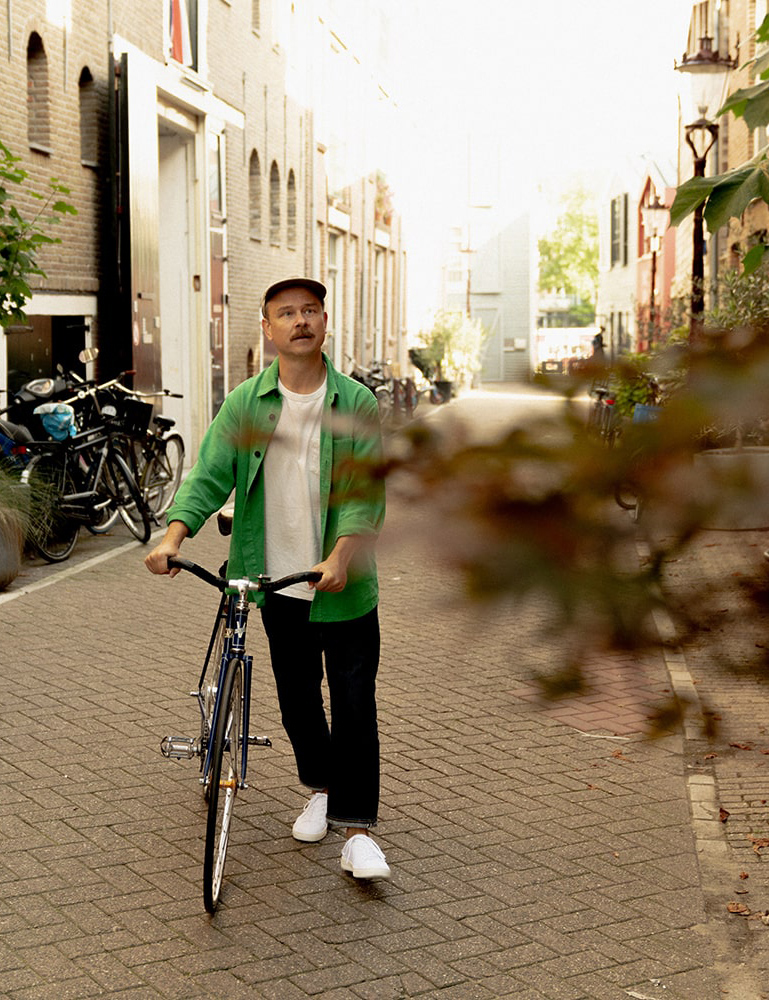
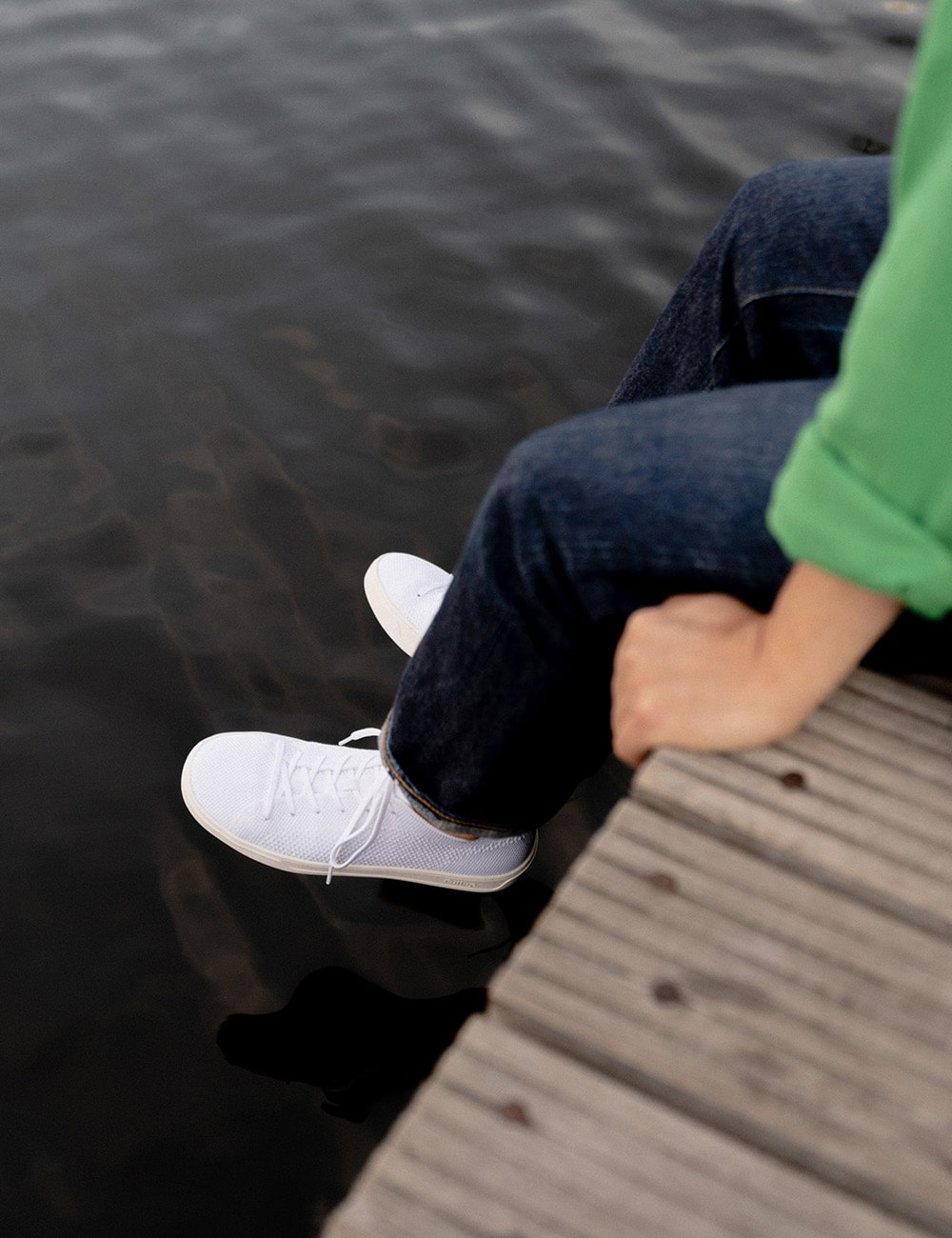
The Jacquard technique, developed at the start of the 19th century, automated the manufacture of elaborately patterned fabrics by using punch card mechanisms. And while the physical punch cards have since been replaced by computers (indeed, the looms’ innovative use of punch cards is one of the conceptual building blocks of modern computing), the process still requires a lot of hands-on involvement.
“I work with a team of six or seven people,” says Kustaa, “a yarn specialist, two or three weavers, and a textile developer. It’s a really complicated process, and the machines are massive, but I love to be there next to them.”
When he’s not at the lab, Kustaa is doing prep work at his studio in Amsterdam’s canal district. “I draw by hand, sometimes digitally, but I have to put everything together in a digital package. And then I go to TextielLab, and we work out how to translate the designs [into physical products].”
That translation, says Kustaa, adds another dimension, as the weaving process creates soft peaks, valleys, and plateaus in the fabric. Kustaa, who now calls himself a visual artist and surface designer, has to think about how his designs and colors are going to work with that textile topography. “I have to work out what I want to really pop out, what I want to foreground, what to make background. And there are a lot of different ways of doing it.”
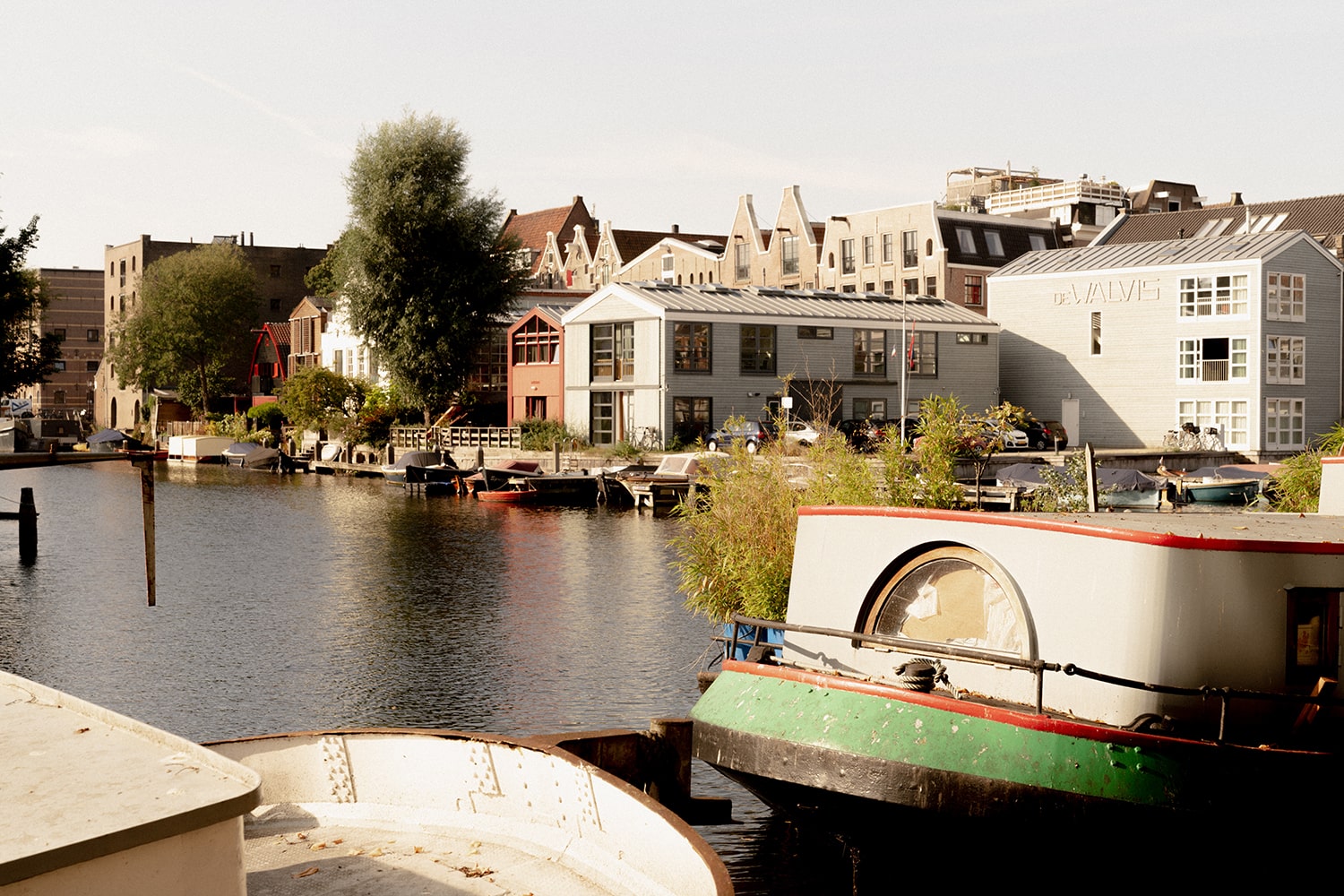
Key to the process’ appeal, he says, is the ability to experiment within strict limitations. “I used to only work on paper, and I could use all the colors in the world. Now I’m usually working with eight to ten different yarns, so the palette is very limited, but that challenges me to find new combinations. I can twist the yarns and mix them together. And beautiful things happen really unexpectedly.” He has become an expert at engineering the unexpected, mixing mohair, alpaca, cotton and wool fabrics with rubber, metal, and even acrylic and phosphorescent yarns.
He makes samples of key parts of his tapestries to ensure they’re right but is always ready to improvize on this digital predestination. “I’ll have an idea and run to the yarn store and pull out a new yarn and add that. And you can see the results really quickly in the material.” He compares the process to Jackson Pollock’s action painting. “It can all come together really fast and sometimes it takes months to get it right.”
Kustaa’s designs are often semi-abstract – he plays with repeated patterns that edge towards the phantasmagorical, suggest states of semi-consciousness or reflect the mental fireworks of a migraine, with which he suffers. There is also evidence of his travels “filtered through his design process,” he says.
He grew up in Kouvola, a small city in the south of Finland, before studying at the nearby Lahti Institute of Design. He lived in Helsinki for a couple of years, then moved to Paris for another four before settling in Amsterdam 15 years ago.
After his stint in Paris, Kustaa considered returning to Finland. “Then I thought I should see another city. Amsterdam has always been interesting to me, so I packed my bags in a van, drove down and started living here and found a nice studio space.”
Today, much of his work, produced in short runs or editions, is sold in design galleries. He has had solo shows around the world and has pieces in the V&A, Cooper Hewitt Museum and Design Museum Helsinki.
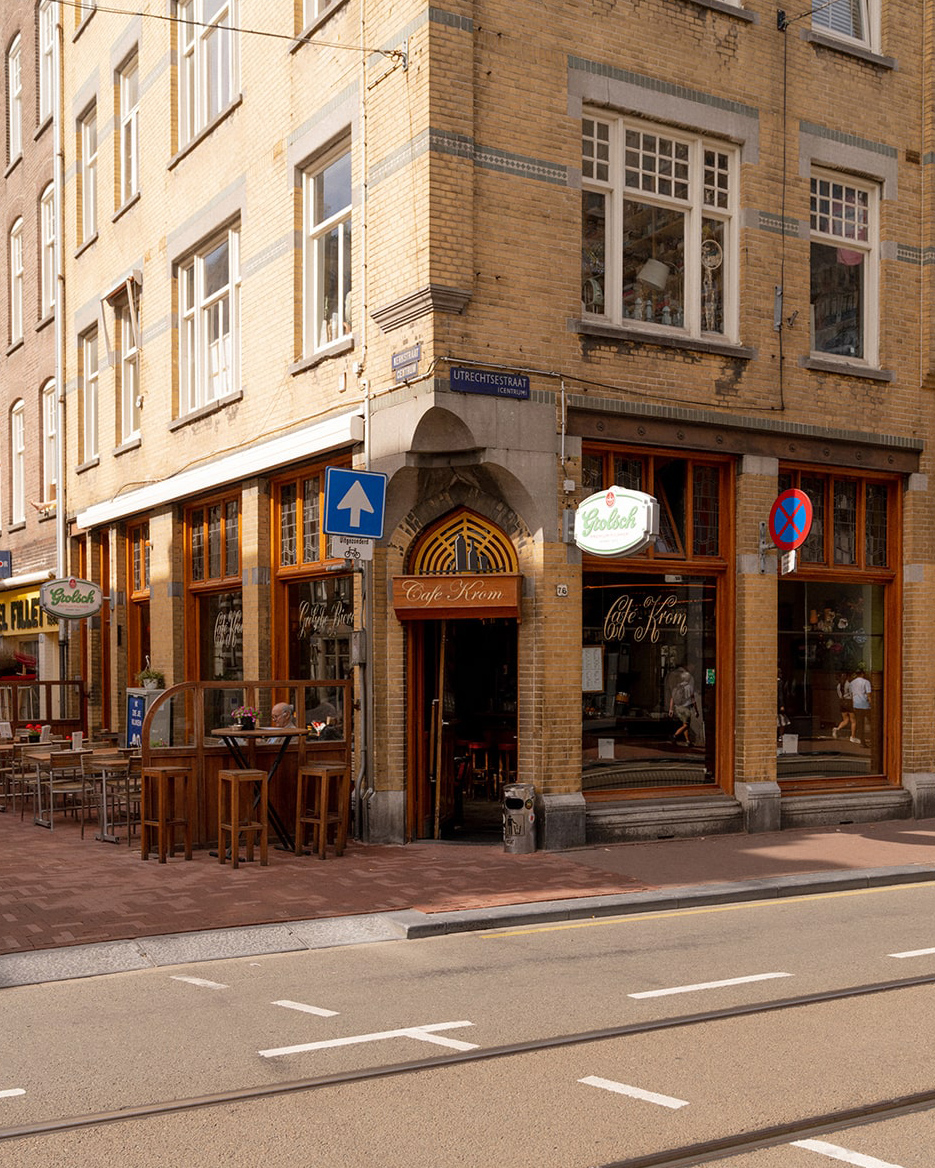
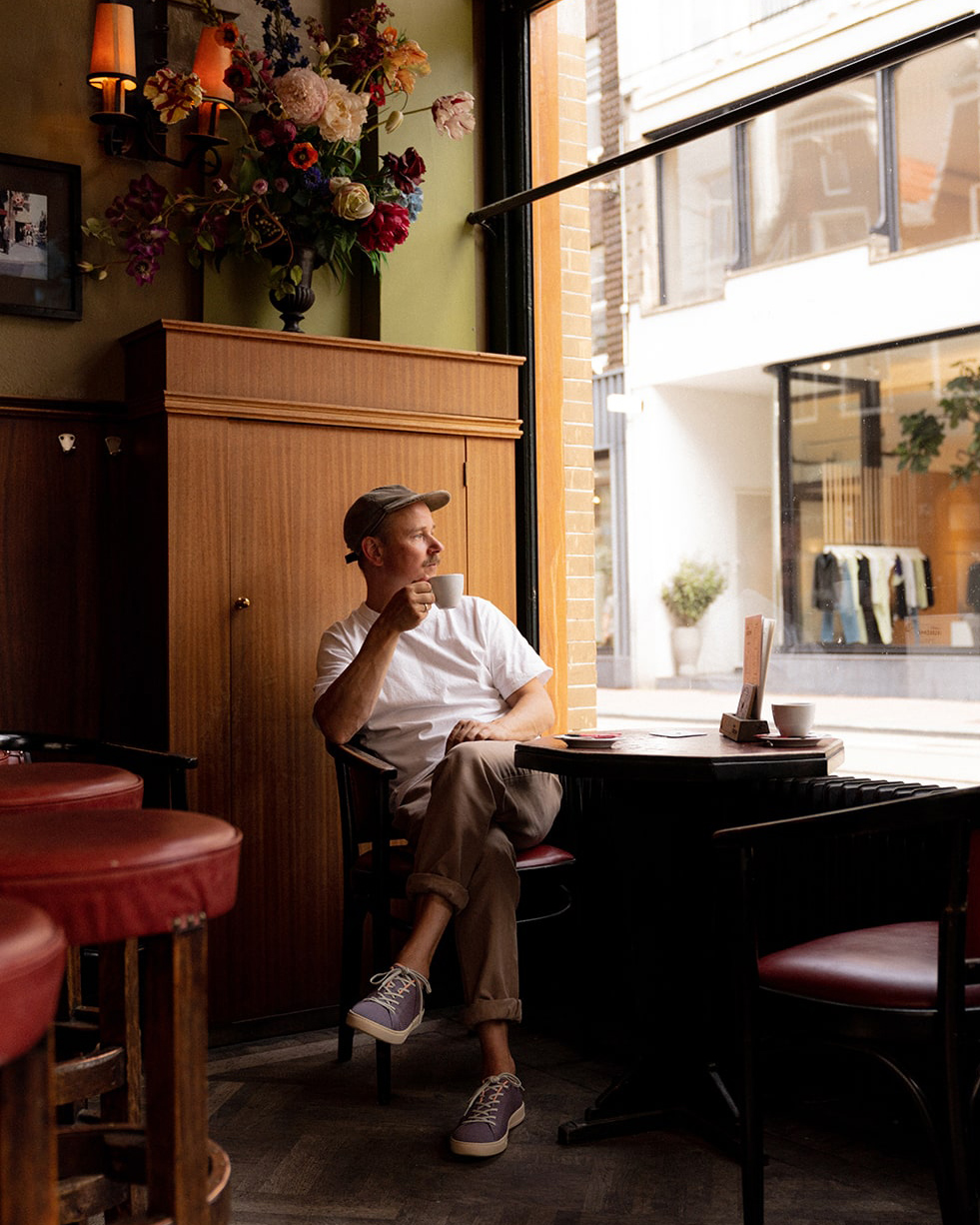
Kustaa now lives near Vondelpark, the city’s favorite green space. “It’s really central, but I like that. When I walk out of the house, I want to feel the city.”
Another key appeal of the city is its cycling culture. “I hardly ever walk in the city; I always go by bike. It’s such an important part of city life here. It’s quite a green city, too – there are really nice parks.”
Parenting and professional life keep Kustaa busy, but he has a morning coffee ritual at the Museumplein branch of Coffee District. He’s also a fan of the city’s “brown cafes” – Amsterdam’s take on the traditional English pub.
Named for their dark wood paneling, made darker and browner by decades of indoor smoking, brown cafes are usually crammed with knick-knacks, old photos, and even older customers – a stark contrast to the clean lines, white walls, and tasteful austerity of Coffee District and other contemporary coffee houses.
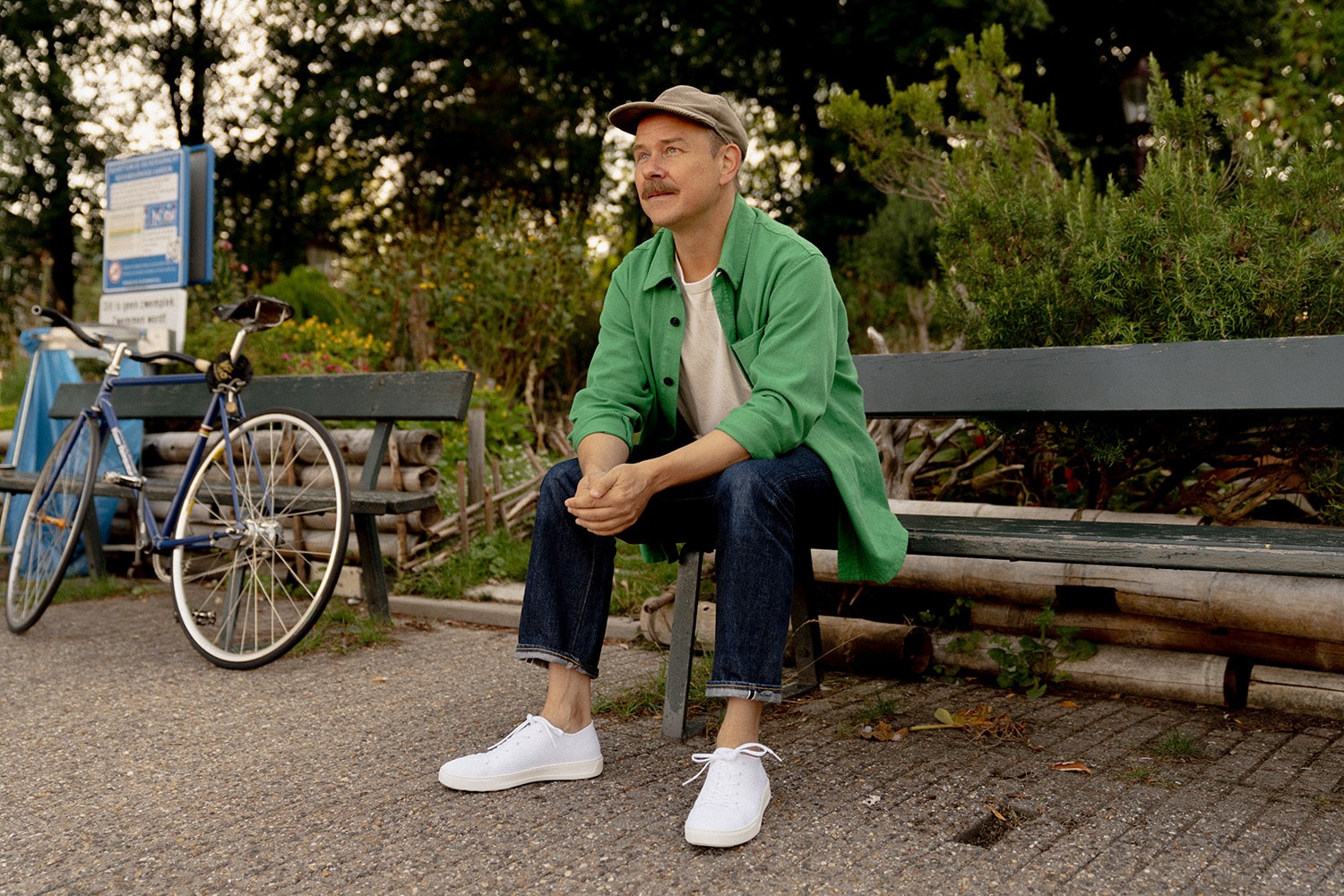
Cafe Krom is a particular favorite. “They have a great jukebox, and it’s a nice place to meet your friends or just read the paper with a beer (Kustaa still reads a print paper). I prefer those old places; they have the history of the city in them.”
Of course Amsterdam has more refined culinary options and Kustaa, a devotee of the local and seasonal, is a regular visitor to BAK restaurant in the Houthaven neighborhood, which was once the city’s timber port. “It’s an industrial-style restaurant, on the third floor of this modest warehouse, with a nice view over the IJ river,” he says. “The focus is on original, vegetarian dishes made from sustainably produced ingredients and full of flavor.”
Edible Treasures, opened last year, is now a regular stop off for home treats. “It’s a beautiful cornershop that used to be a butcher and now houses a shop, cafe and deli in beautiful surroundings in Oud-Zuid,” Kustaa says. The site stood empty for 30 years but has been artfully restored by a French interior design studio. “It has managed to keep the old world charm. Everything’s delicious and tasteful.”
On the fashion front, Kustaa is a fan of vintage and modern Americana – military, collegiate and workworn – and so an habitual visitor to specialist menswear store, Concrete Matter. And as a jazz fan, Bimhuis, a hulking black box cantilevered over the IJ and one of Europe’s biggest and best jazz venues, is a constant draw.
“Amsterdam is not a big city but it has a big city vibe,” says Kustaa. “That’s why I’m here.”
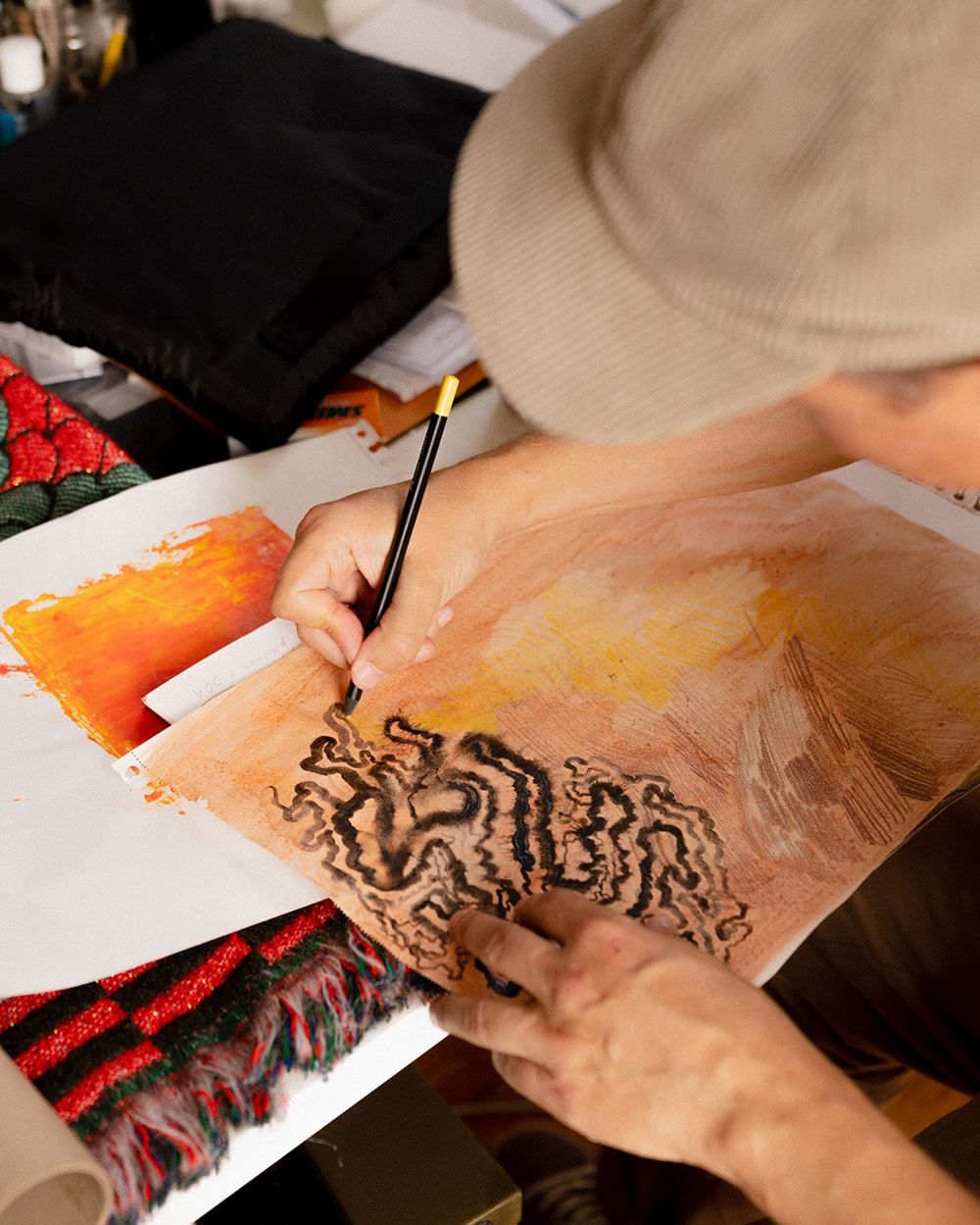
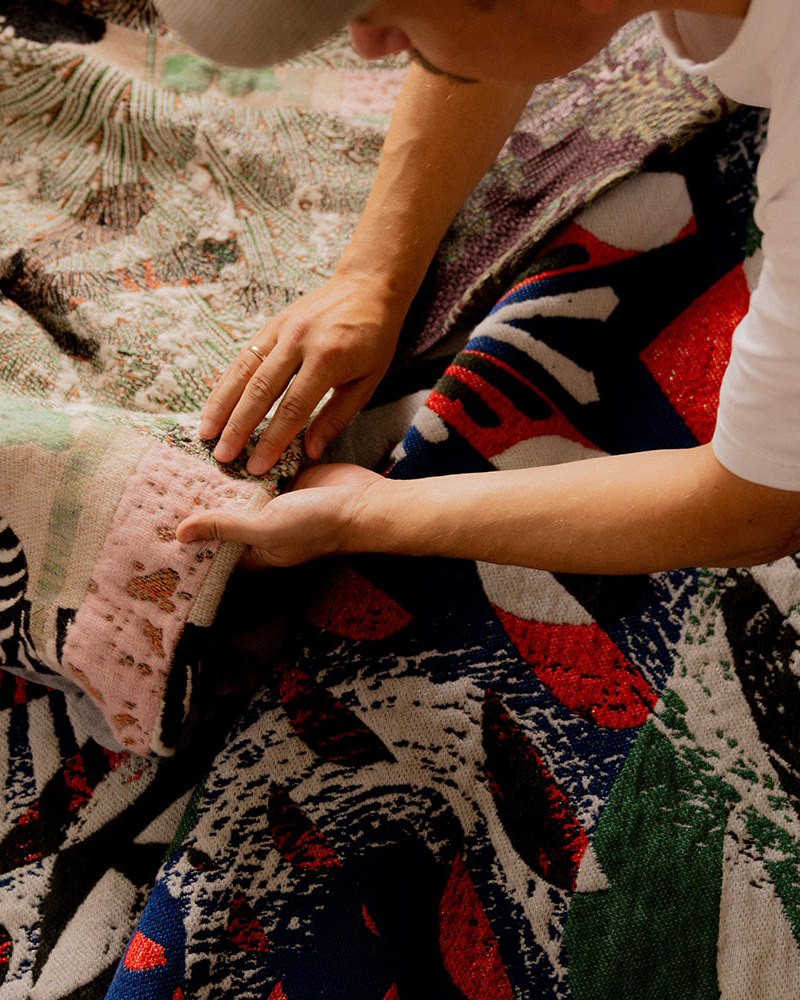
The artist shares a few of his go-to spots in the city for great coffee, farm-to-table goodness and vintage menswear.
Kustaa’s daily address for good coffee is just around the corner from his place in the Museumplein district. It’s also a winning choice for great cocktails, jenever (a juniper-flavored traditional liquor in the Netherlands) and throwback tunes blasting from the jukebox.
This industrial-style restaurant sits on the third floor of a modest warehouse in the city’s old timber port and offers excellent views of the river. Expect flavor-packed vegetarian dishes that change daily depending on the seasons – all made from sustainably produced ingredients.
Picture a neighborhood deli crossed with a chic home decor boutique. Focusing on craftsmanship, this place offers everything from soups, salads and quiches for take-away to cookbooks, candles and stoneware dishes.
Shopping here is like perusing Indiana Jones’ private collection. Beyond men’s fashion items like vintage hunting jackets, jeans and cable knit sweaters, the store stocks a wide range of curios, like survival knives, old pens, preserved butterflies, wallets and so much more.
Nothing beats this place for live, improvised jazz. Amsterdam’s premier jazz club has been going strong in the center of the city since 1974, hosting 300 concerts a year. Not just the greats, like Pharoah Sanders and Sun Ra, either. Bimhuis regularly hosts conservatory students and jam artists, too.

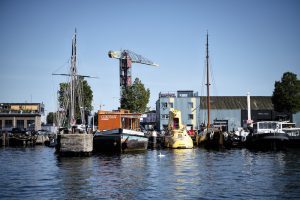

We are committed to making minimalist, durable lifestyle products that you can FEEL GOOD about wearing. Our extensive EXPERIENCE in the fashion industry enables us to source our most premium and durable materials, develop a streamlined and traceable supply chain, and create versatile sneakers with STYLE and LONGEVITY in mind. After all, the longer we can wear each pair of shoes, the less waste we produce.
© 2022 Fullup.Official